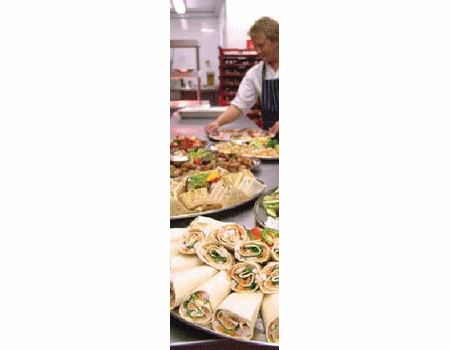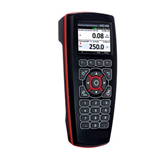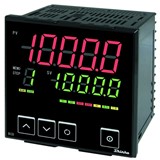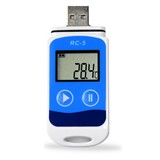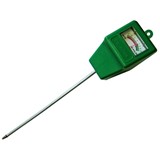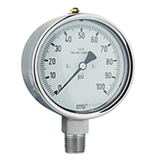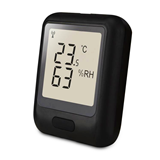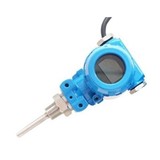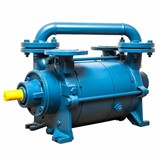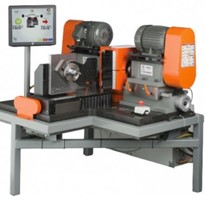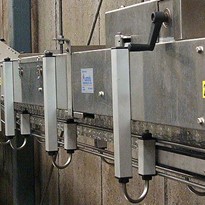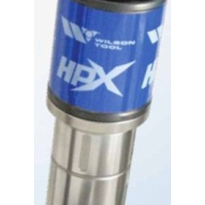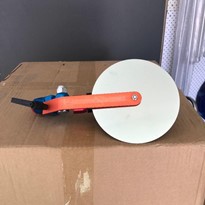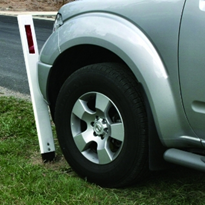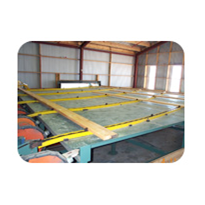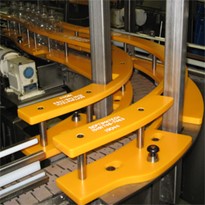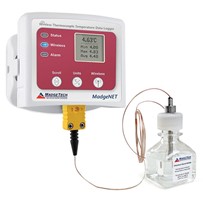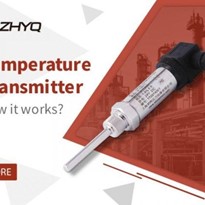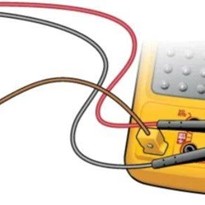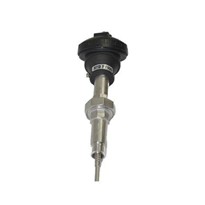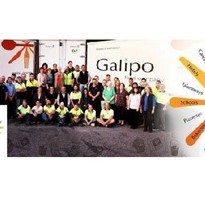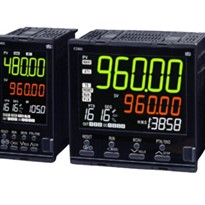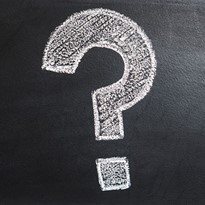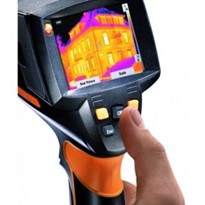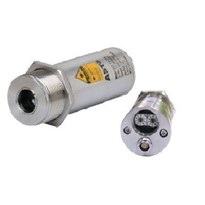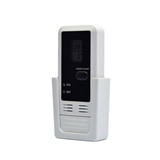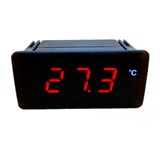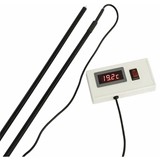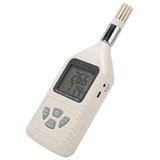A digital thermometer consists of a probe, a display, and an electronic means of converting the data received from the probe detector into a displayed reading.
The use of a digital thermometer is very simple, but there are some fundamentals to appreciate.
A basic principle of temperature metrology is that 'A thermometer measures its own temperature' and this means that the probe must be allowed to reach the temperature of the substance or object of which you are measuring. Inside the probe is a detector which relays information to the electronics of the instrument. When you insert the probe into a substance, perhaps hot soup, the probe will start to heat. If the probe is large and thick, it will take longer to heat, the detector will take a long time to react and the display will show a slowly increasing temperature. This makes the determination that the thermometer has reached the final temperature more difficult. A thin probe will react more quickly, reach the appropriate temperature, and remain steady if the temperature of the substance is steady.
It is very unlikely that the whole of an object or substance will be the same temperature throughout. A decision is therefore required as to where to insert the probe to take the temperature. In a pan of soup on a stove, the bottom of the pan and the soup immediately adjacent will be very hot, whilst the middle of the soup could be cold. This is especially true when reheating frozen liquid. The probe must not touch the bottom of the pan, as this will only tell you the temperature of the pan. The liquid should be thoroughly stirred and the temperature taken whilst the pan is stirred. This will then give the average temperature of the whole content.
When cooking food in an oven, generally the object is being heated from the outside and therefore the temperature must be taken in the centre of the object. It may be that the item being heated has different densities and different thicknesses, which will take different times to heat. As an example, the bones and thickness of meat in a turkey leg can be a problem and therefore the temperature probe should be inserted into the thickest part of the leg. Similarly with joints of meat of varying thickness, the thickest part should be tested.
When reheating in a microwave oven, the item can be heated in different areas and 'hot spots' develop. It is essential that 'resting time' is allowed for in the process, to allow the heat to even out, and accurate temperature to be taken.
The development of Infrared thermometers has revolutionised temperature monitoring - but it must be appreciated that an infrared thermometer only measures the temperature that it 'sees' i.e. the outside of an object. The ideal combination is an infrared thermometer with a probe facility.
A thermometer may show temperatures at 1°C or 0.1°C intervals. If the reading does not change for 20 seconds on a 1°C instrument or 5 seconds on a 0.1°C instrument you can be confident that a satisfactory reading has been achieved. Obviously this will require a longer time if you need a more accurate reading.
The probing of foods can involve cross contamination. Probes should be wiped clean after each measurement with an anti-bacterial wipe, and ideally different probes should be used for highly contaminated foods such as raw poultry.
Food storage and post-cooking keeping conditions should be monitored.
Temperatures should be monitored and recorded on a regular basis to show due diligence. Datalogger instruments are useful in keeping a record of storage temperatures.
Chilled food must be kept at 8°C or cooler (some foods are exempt where there is no risk to health) . It is recommended that a refrigerator is kept at 5°C or less.
Cold food on display or for service can be warmer than 8°C (Maximum of 4 hours allowed). Frozen food kept at –18°C or colder.
Hot food should be kept at 63°C or hotter.
To cook meat safely so that food poisoning organisms such as E coli, Salmonella and Listeria are killed, the centre of the meat must reach a core temperature of at least 70°C for 2 minutes. Equivalent core temperature/time combinations are as follows: 60°C for 45 mins; 65°C for 10 mins; 75°C for 30 secs. (It is recommended that poultry is cooked to 80°C).
Thermometers should be regularly calibrated; annually by certification, monthly by comparison with another thermometer. Here at Ross Brown Sales we can attend to all your calibration and certification requirements.
POS80. The modern all-in-one POS system from EBN. With all the features and performance needed for demanding point of sale applications.


